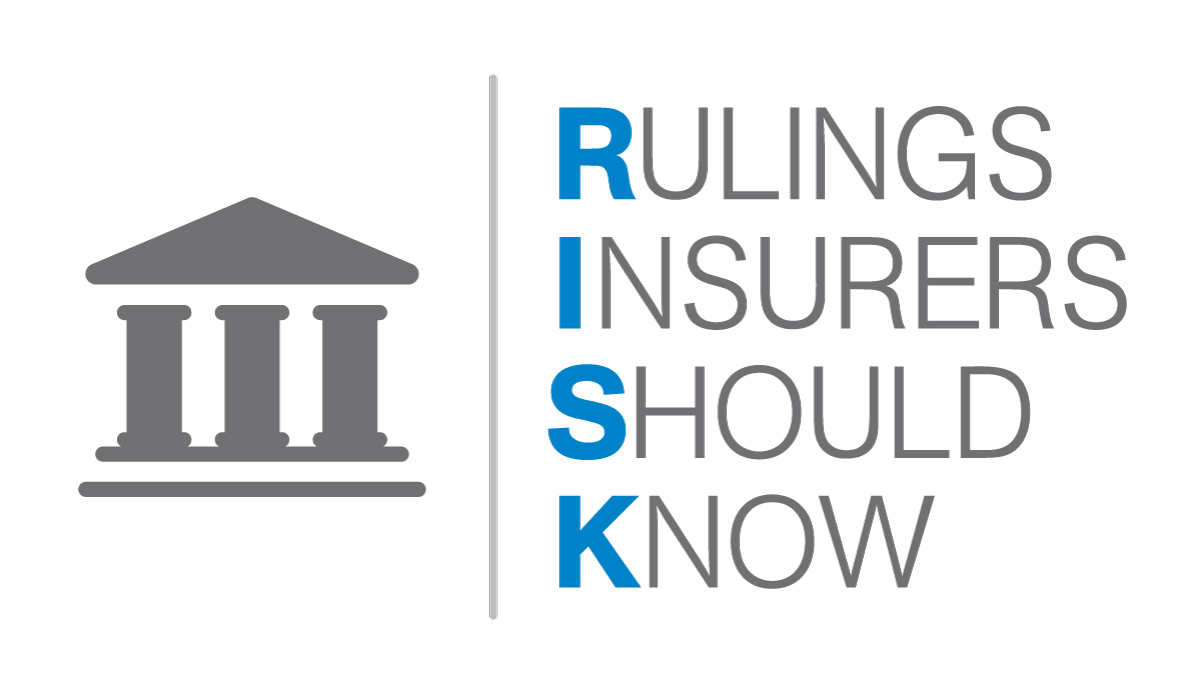Two-Year Limitation Period to Dispute Denial of Accident Benefits is Subject to Discoverability

The Ontario Court of Appeal released a new decision in Tomec v Economical Mutual Insurance Company, which affirmed that the two-year limitation period in section 281.1(1) of the Insurance Act (the “Act”) and section 51(1) of the Statutory Accident Benefits Schedule (“SABS”) are subject to the rule of discoverability.
Facts
The appellant was a pedestrian struck by a motor vehicle on September 12, 2008. As a result, she was hospitalized and required surgery for her injuries. She received statutory accident benefits for attendant care benefits, pursuant to section 18 of the SABS, and housekeeping benefits, pursuant to section 22 of the SABS from Economical Mutual Insurance Company (“Economical”). Unless she sustained a catastrophic impairment and was designated as such, she would receive these benefits for a period of 104 weeks following the accident. As of August 2010, the appellant’s injuries did not meet the threshold for catastrophic impairment.
On August 26, 2010, Economical advised the appellant that she no longer qualified for attendant care or housekeeping benefits beyond September 12, 2010. Neither the appellant nor her physician applied for the catastrophic impairment designation nor did the appellant appeal the termination of benefits to the License Appeal Tribunal (the “LAT”).
Over the next five years, the appellant’s condition worsened. On May 13, 2015, her physician opined that her condition met the threshold for catastrophic impairment. On November 4, 2015, Economical accepted that the appellant was designated catastrophically impaired and provided various benefits. However, Economical refused to provide further attendant care or housekeeping benefits, nor did they accept the appellant’s request for retroactive benefits dating back to September 2010. Economical took the position that these benefits were denied in the letter dated August 26, 2010. As such, the appellant was out of time to seek same.
The appellant appealed Economical’s decision to the LAT. Economical relied upon sections 281.1(1) of the Act and section 51(1) of the SABS, which provide that benefits must be brought within two years of the insured’s refusal to provide benefits.
Decisions Below
The Vice-Chair of the LAT held that Economical’s letter triggered the limitation periods under the Act and the SABS, and the doctrine of discoverability did not apply. The Vice-Chair’s decision was appealed to the Divisional Court. The Divisional Court held that the LAT’s decision was reasonable. The Divisional Court found that the legislature intended to establish a hard deadline with a fixed triggering event after which an insurer’s obligation would be discharged.
Issue
- Whether the two-year limitation period in section 281.1(1) of the Act and section 51(1) of the SABS are subject to the rule of discoverability.
Held
The appeal was allowed and the orders of the LAT and Divisional Court were set aside. The court made a declaration that the limitation period with respect to the appellant’s attendant care and housekeeping benefits had not expired. Thus, the appellant was entitled to proceed with her application for same.
Analysis
It was unreasonable to find that the limitation deadline was a hard limitation. Hourigan J.A. stated that there was “one single reasonable interpretation of s. 281(1) of the [Act] and s. 51(1) of the SABS.” The limitation periods contained in these sections are subject to the rule of discoverability because it is tied to the cause of action asserted following denial of benefits. The LAT and the Divisional Court did not have the benefit of the Supreme Court of Canada’s guidance in the Pioneer decision. In Pioneer, Brown J. stated:
[…] where the running of a limitation period is contingent upon the accrual of a cause of action or some other event that can occur only when the plaintiff has knowledge of his or her injury, the discoverability principle applies in order to ensure that the plaintiff had knowledge of the existence of his or her legal rights before such rights expire.
Thus, a hard limitation deadline would be contrary to the Supreme Court of Canada’s ruling in Pioneer. In addition, a hard limitation deadline would be inconsistent with the purposes of the SABS. The SABS exist to maximize no-fault benefits to victims of motor vehicle accidents in order to reduce the economic hardship resulting from lasting and serious injuries. The SABS are not aimed at creating finality, but rather are intended to foster fairness.
Lastly, the court found that a hard limitation deadline would bar the appellant from making a claim for benefits that the SABS are intended to provide before she was even eligible for same. As such, the court noted that a hard limitation deadline would result in absurd results that are inconsistent with the policy rationale underlying limitation periods.
Takeaway for Insurers
The two-year limitation period under section 281.1(1) of the Act and section 51(1) of the SABS are not hard limitation deadlines but are subject to the rule of discoverability. Thus, the insured’s limitation deadline to appeal an insurer’s denial of benefits may not be triggered by an insurer’s denial letter. Rather, the two-year limitation deadline will be triggered when an insured becomes aware or ought to become aware of the material facts on which their claim for benefits is based. As such, an insurer must be aware that their obligation to an insured may not be discharged two-years following informing the insured of their denial of benefits.
Shawn O’Connor and Sarah Reich, articling student



